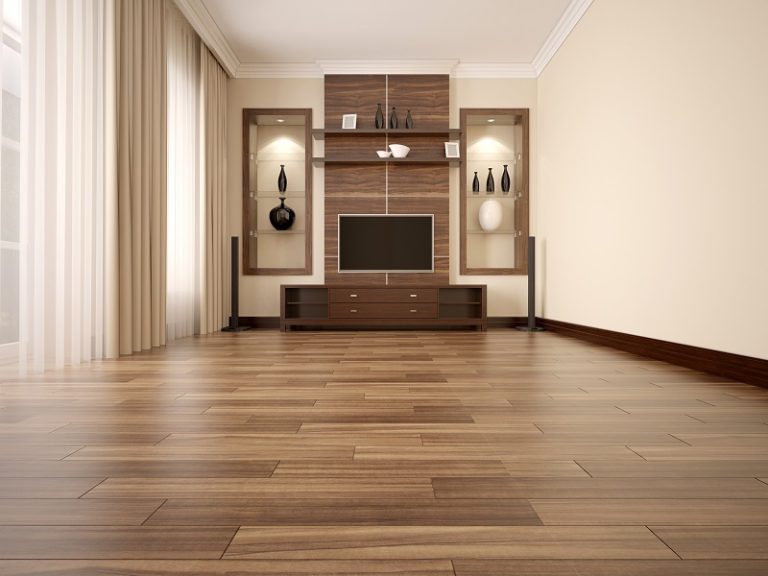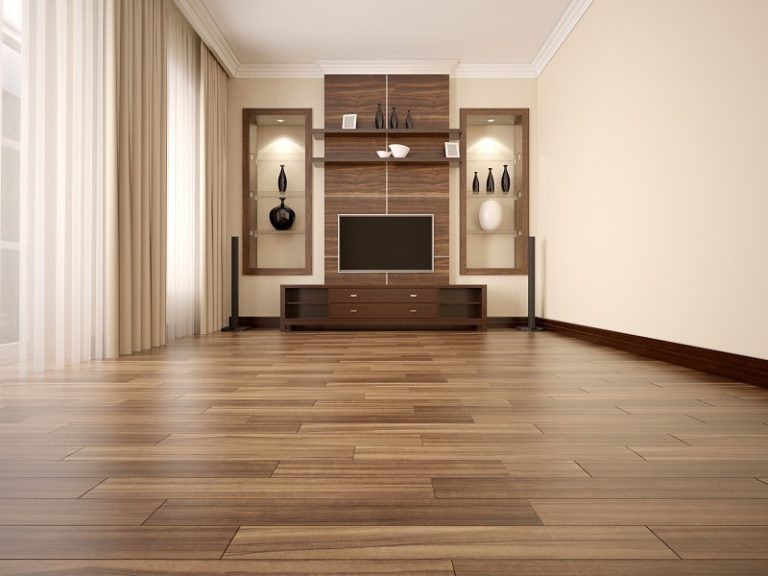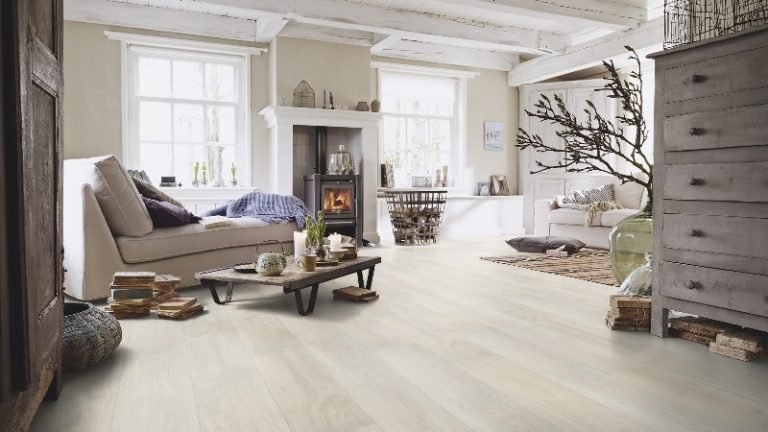Richmond, Chesterfield, and Williamsburg residents of Virginia suffer in their humid environment. In below-grade spaces, extra moisture and humidity may cause mold, mildew, rotting of wood, and insulation degradation. These concerns injure homes and incur excessive repair costs. Avoid these hazards by installing a dehumidifier. Quality varies by dehumidifier, so consider the size of the room, energy efficiency, and temperature. This article explains how to choose the best dehumidifier installation virginia for your home.
The moisture problems in homes in Virginia must be understood by the homeowners. Solving these problems will then require figuring out your home’s humidity problems. Mold and wood degradation thrive in crawl spaces with high humidity. As such, it is good to check these areas for relative humidity before any dehumidification purchase. Experts, however, recommend that humidity be kept below 55{d5293b1b923e163e040a46d957271752a93662229c404489ea3b27671d12e58c} to alleviate the risk of structural and air quality problems.
Due to the ever-present dampness in southern Virginia, crawl space dehumidifiers prove vital. Built for rather large crawl spaces, a crawl space dehumidifier is required. This dries up air from beneath floorboards and moisture-laden wood as well as cleaning up the air by removing mold spores. All of that means that knowing how the local climate affects your house is critical to the selection of a proper dehumidifier.
Choose the Right Unit Room Size-Based
When buying a dehumidifier, the size of the space in question is critical. Dehumidifier capacities remove different quantities of moisture per day. A smaller home dehumidifier might be all you need for a living room or bedroom. But a larger capacity unit is called for in crawl spaces, basements, and larger enclosed areas.
Energy Efficiency and Maintenance Priorities
Energy use can significantly increase when using dehumidifiers continuously in humid regions like Virginia. Pick a unit that is energy-efficient. Cost-effective energy-efficient equipment lessen your environmental impact. An energy-efficient dehumidifier is one that conforms to industry standards and also functions extremely well.
Maintenance is also essential for increasing the life of a dehumidifier. Unlike domestic dehumidifiers, crawl space ones come with automated draining. This prevents the need for periodic, manual draining of the standing water-a common complaint with smaller home dehumidifiers. Select a model with a well-designed drainage system that routes moisture outside your property. Some models can automatically shut the dehumidifier off when humidity is reduced, thanks to the built-in hydrometer. Choose equipment that provides warranties and service agreements to help alleviate maintenance concerns down the road.
Avoiding Common Dehumidifier Issues
First-time dehumidifier buyers often think a conventional home unit would work for any room. In crawl spaces, this strategy usually fails. Household dehumidifiers can’t cope with the square footage or humidity levels of such environments, rendering them inefficient to work in. These do provide spot cooling for very small areas, and they require constant drain maintenance for any water that collects up inside them, clearly ineffective.










+ There are no comments
Add yours